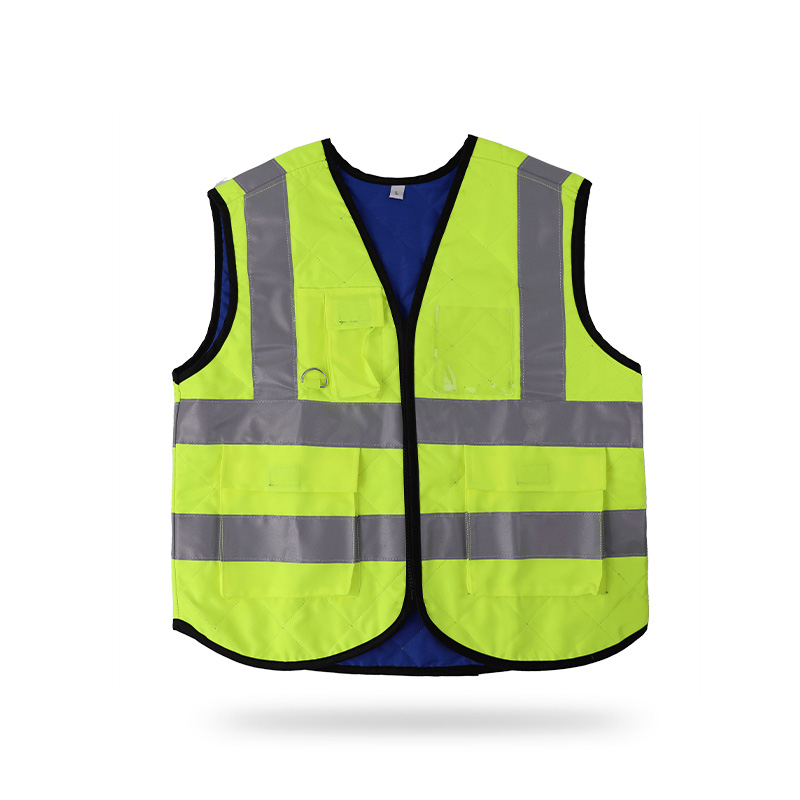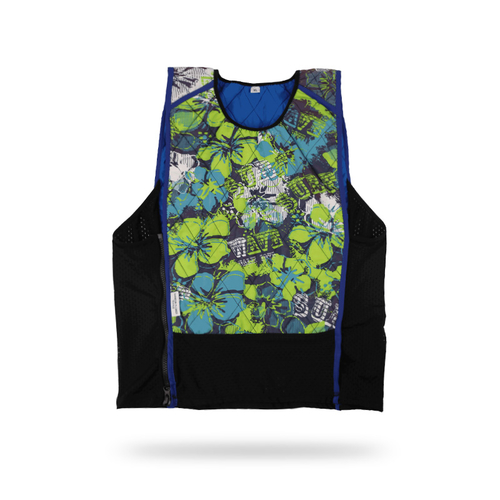As temperatures rise and heatwaves become more frequent, finding innovative ways to stay cool outdoors has become a necessity rather than a luxury. One of the most promising solutions gaining traction is outdoor reflective cooling—a concept that blends science, design, and sustainability to create comfortable open-air environments even in the hottest climates. This approach is transforming how we interact with outdoor spaces, from urban rooftops to sprawling parks, by leveraging materials and techniques that reflect sunlight and reduce heat absorption.
At its core, Outdoor Reflective Cooling Vest works by minimizing the amount of solar radiation absorbed by surfaces. Traditional materials like asphalt and concrete tend to soak up sunlight, converting it into heat and contributing to what’s known as the urban heat island effect. This phenomenon can make cities several degrees warmer than surrounding rural areas, exacerbating discomfort and energy demands for cooling. Reflective cooling flips this script by using specialized coatings, fabrics, and designs that bounce sunlight away instead of trapping it.
One of the most visible applications of this technology is in roofing. Cool roofs, coated with highly reflective paints or constructed from light-colored materials, are increasingly being adopted in both residential and commercial settings. These surfaces can reflect up to 80% of sunlight, significantly lowering surface temperatures and reducing the need for air conditioning inside buildings. But the benefits don’t stop there—by mitigating heat buildup on rooftops, these solutions also contribute to cooler ambient air temperatures in neighborhoods, creating a more pleasant environment for everyone.
Beyond roofs, reflective cooling is making waves in other outdoor contexts. For example, designers are incorporating reflective pavements into pedestrian walkways and parking lots. These surfaces use pigments or aggregates that scatter sunlight rather than absorbing it, keeping ground-level temperatures lower and reducing the oppressive heat pedestrians often endure during summer months. In public spaces like plazas and playgrounds, shade structures equipped with reflective fabrics provide dual benefits: they block direct sunlight while radiating less heat onto people below.

Another exciting development is the integration of reflective cooling into clothing and accessories. Lightweight, high-performance fabrics treated with reflective coatings are enabling people to stay cooler during outdoor activities. Whether you're hiking under the sun or attending an open-air concert, these garments help deflect heat, offering a personal layer of thermal protection.
The appeal of outdoor reflective cooling extends beyond individual comfort—it also aligns with broader environmental goals. By reducing reliance on mechanical cooling systems, such as air conditioners, this approach cuts down on energy consumption and greenhouse gas emissions. Additionally, many reflective materials are designed to be durable and low-maintenance, further enhancing their sustainability credentials.
As awareness grows about the importance of adapting to a warming world, outdoor reflective cooling stands out as a practical and forward-thinking solution. It invites us to reimagine our relationship with outdoor spaces—not as places to endure but as havens of comfort and connection. From rethinking building materials to embracing cutting-edge textiles, this movement reminds us that staying cool doesn’t have to come at the expense of style, health, or the planet. In fact, when done right, it can enhance all three.

 English
English 简体中文
简体中文







 3rd Floor, East Gate, No. 2599 Park Road, Sheng Ze Town, Wu Jiang District, Suzhou City, Jiangsu Province
3rd Floor, East Gate, No. 2599 Park Road, Sheng Ze Town, Wu Jiang District, Suzhou City, Jiangsu Province  +86- 0512-63519080
+86- 0512-63519080
 +86-13584404311
+86-13584404311 